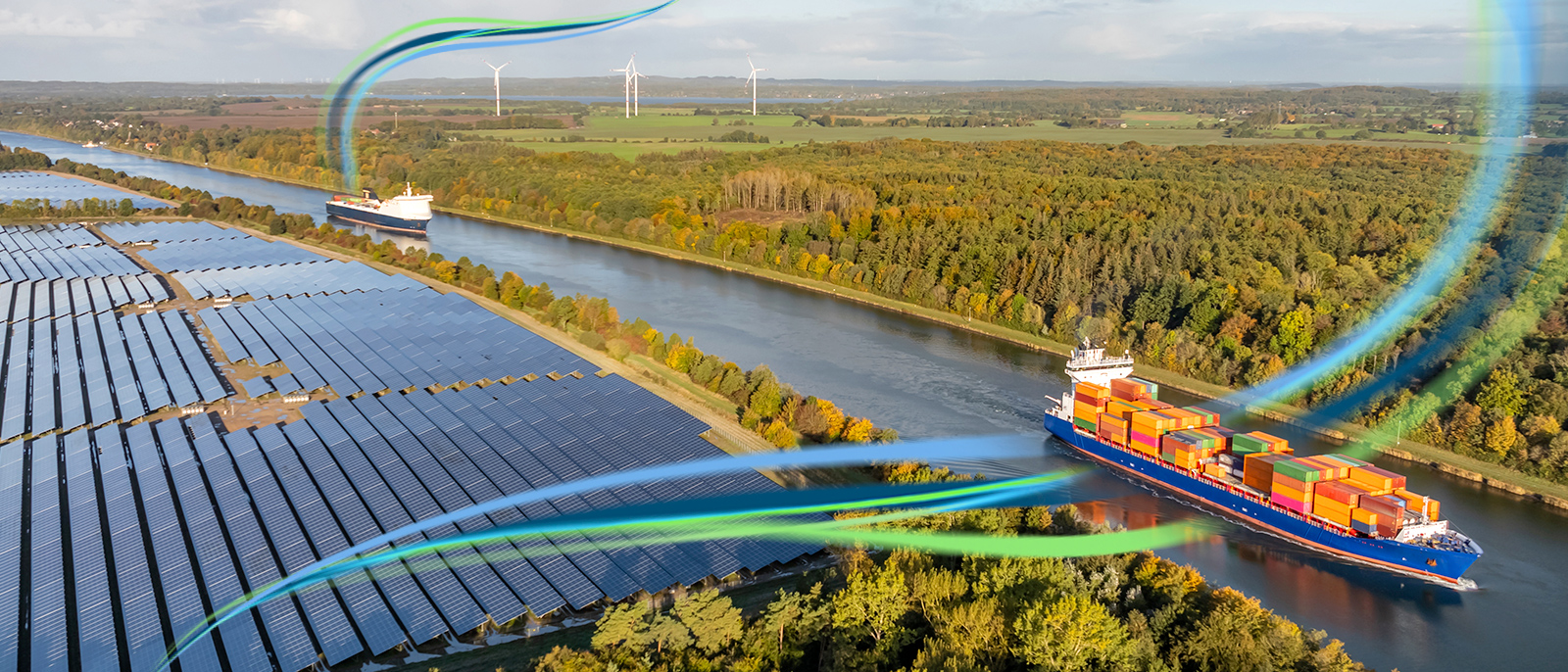In an era where sustainability is no longer a buzzword but a business imperative, the shipping industry is turning to innovative solutions to reduce its environmental footprint. Among the most promising technologies are wind-assisted propulsion and solar-powered systems—reviving age-old maritime practices and blending them with cutting-edge innovation to create cleaner, more efficient vessels.
This blog post explores how wind and solar energy are reshaping the future of shipping, the key technologies driving these changes, and the challenges that lie ahead.
Why Wind and Solar? The Push for Cleaner Shipping
The global shipping industry transports about 90% of world trade but contributes nearly 3% of global greenhouse gas (GHG) emissions. To meet international decarbonization targets—such as the International Maritime Organization's (IMO) goal to reduce emissions by 50% by 2050—shipping companies are seeking alternative energy sources.
Wind and solar are attractive options because they offer:
Zero emissions during operation
Fuel savings, reducing operational costs
Reduced reliance on fossil fuels, which are subject to price volatility and regulatory pressures
Wind-Assisted Propulsion: The Return of Sails with a Modern Twist
Wind has powered ships for thousands of years, but modern wind-assisted propulsion is a far cry from traditional sails. Today’s solutions combine aerodynamic efficiency with advanced materials to harness wind energy in new ways.
Key Wind-Assisted Technologies:
Rotor Sails (Flettner Rotors): Rotor sails use spinning vertical cylinders to create thrust through the Magnus effect. Companies like Norsepower have successfully tested rotor sails on large vessels, achieving fuel savings of 5-20%.
Rigid Wing Sails: Inspired by aircraft wings, rigid wing sails are fixed structures that generate lift from wind. They are more efficient than traditional fabric sails and require less manual adjustment.
Kites and Towing Systems: Large kites deployed from the bow of a vessel can harness wind energy at higher altitudes, where it is stronger and more consistent. Airseas, a startup backed by Airbus, has developed a kite system that promises up to 20% fuel savings.
Dynarigs: The Dynarig system features multiple automated sails mounted on free-standing masts, offering high efficiency and minimal crew involvement. Luxury yachts like the Maltese Falcon have proven the viability of this system, and commercial applications are being explored.
Solar-Powered Vessels: Harnessing the Sun at Sea
Solar power is another increasingly viable solution for reducing emissions in the shipping industry. While solar energy alone may not fully power large ocean-going vessels, it can significantly reduce fuel consumption by supplying electricity for onboard systems and hybrid propulsion.
Solar Technology in Shipping:
Photovoltaic Panels on Decks: Ships with large, flat decks can be fitted with photovoltaic (PV) panels to generate electricity. Solar energy can be used to power navigation systems, lighting, refrigeration, and even auxiliary propulsion.
Battery Storage Systems: Solar energy can be stored in large battery packs, enabling vessels to run on clean energy even when sunlight is unavailable. Norway has been a pioneer in this field, with several fully electric ferries using solar-charged batteries.
Hybrid Solar-Wind Systems: Combining solar panels with wind-assisted propulsion creates highly efficient, hybrid vessels. This approach maximises renewable energy use and reduces overall fuel consumption.
Benefits of Wind and Solar-Powered Vessels
Fuel Savings and Cost Reduction: Wind and solar energy directly offset fuel consumption, leading to significant cost savings, especially with volatile fuel prices.
Emission Reductions: These technologies contribute to lower carbon dioxide (CO₂), sulfur oxides (SOx), and nitrogen oxides (NOx) emissions, helping companies meet environmental regulations.
Compliance with Green Regulations: As regulations like IMO 2023 and regional carbon pricing schemes take effect, wind and solar technologies offer a way to stay compliant while maintaining profitability.
Challenges and Limitations
Despite their promise, wind and solar-powered vessels face several challenges:
Initial Investment Costs: The upfront cost of installing wind-assist systems and solar panels can be high, though long-term fuel savings can offset these expenses.
Weather Dependence: Wind and solar energy are intermittent by nature. While battery storage and hybrid systems can mitigate this issue, complete reliance on these sources is not yet feasible for all types of vessels.
Retrofit Complexity: Retrofitting existing ships with wind and solar systems can be complex and costly, limiting widespread adoption in the short term.
The adoption of wind-assisted and solar-powered vessels is expected to accelerate in the coming years, driven by technological advancements, regulatory pressures, and the growing demand for sustainable logistics. Industry leaders are already investing in research and development to improve efficiency and scalability.
Several large shipping companies have begun testing and deploying these technologies, signaling that wind and solar are not just experimental concepts but critical components of the future maritime landscape.
The rise of wind-assisted and solar-powered vessels marks a pivotal shift in the shipping industry’s journey toward sustainability. By embracing renewable energy sources, the industry can significantly reduce its carbon footprint, lower operational costs, and future-proof itself against tightening environmental regulations.
While challenges remain, the momentum is undeniable. With continued investment and innovation, wind and solar power could play a central role in transforming shipping into a cleaner, greener industry by 2030 and beyond.
